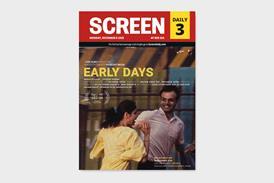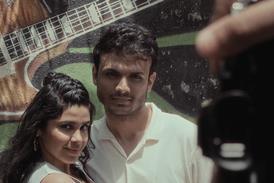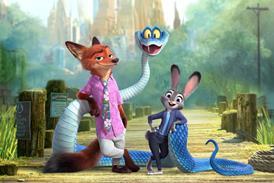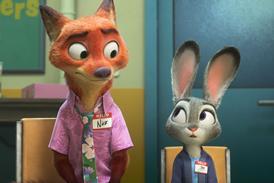Dir: James Franco. US. 2013. 110mins
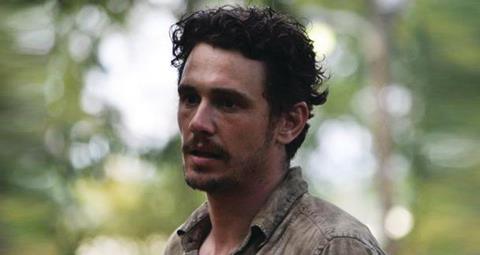
Baz Luhrmann revisited F. Scott Fitzgerald with 3-D fireworks and exuberant elan. James Franco takes a less flamboyant approach to another giant of twentieth century American literature but his adaptation of William Faulkner’s As I Lay Dying is just as stylistically adventurous.
Franco allows the entire film to drift in and out of split-screen using the two frames for different perspectives on the same events, keeping one half of the screen dark or providing some counterpoint between the two images.
Franco attempts to capture and match Faulkner’s stream of consciousness prose with split-screen imagery, interior monologues and slow motion to create a film that might seem more at home as an art museum installation than a mainstream cinema release.
Franco’s aesthetic choices result in a ponderously paced slice of Southern Gothic that becomes something of an endurance test. Franco’s rising star and Faulkner’s literary reputation might create some modest theatrical curiosity in America, and Festival interest internationally, but as a nonplussed Bud Grossman remarks in Inside Llewyn Davis: ” I don’t see much money in it.”
Published in 1930, Faulkner’s novel follows a dirt poor, backwoods family intent on respecting their mother’s last wishes. Her eldest son Cash (Logan Marshall-Green) prepares a handsome coffin as Addie Bundren (Beth Grant) lies dying. Later, her widowed husband Anse (Tim Blake Nelson) and their offspring begin an epic journey to bury her rotting corpse in the nearby town of Jefferson.
It is almost a Biblical quest towards some promised land as they risk life and limb crossing treacherously swollen rivers, escape burning barns and unburden themselves of the secrets and sorrows they have previously kept hidden.
That sounds like an accessible, linear narrative, but Franco allows the entire film to drift in and out of split-screen using the two frames for different perspectives on the same events, keeping one half of the screen dark or providing some counterpoint between the two images.
It feels distracting and gimmicky without adding anything to the experience. Characters speak directly to camera, voice- over gives expression to interior monologues and the few dramatic moments tends to be drained of any potential to excite by being rendered in slow motion.
The prevailing mood of the film is one of inertia and its stubbornly resists viewers becoming involved in the plight of the lead characters with only the odd moment of humour or heartache escaping to the surface.
Franco himself appears as Addie’s son Darl and has assembled an able cast that includes impressive newcomer Brady Permenter as the youngest son Vardaman and Tim Blake Nelson as Anse. Gormless,toothless and with his mouth permanently agape, Nelson looks every inch the part of the none too bright patriarch but his thickly impenetrable accent, again true to Faulkner, makes a good deal of his dialogue impossible to comprehend adding another barrier to an already challenging film.
Production company: Millennium Films
Producers: Lee Caplin, Matthew O’Toole, Miles Levy, Carolie Aragon, Vince Jolivette, Avi Lerner, Robert Van Norden
International sales: Nu Magic Inc., rqasem@nuimage.net
Screenplay: James Franco, Matt Rager adapted from the novel by William Faulkner
Cinematography: Christina Voros
Editor: Ian Olds
Production designer: Kristen Adams
Music: Kim O’ Keefe
Main cast: James Franco, Tim Blake Nelson, Danny McBride, Logan Marshall-Green



